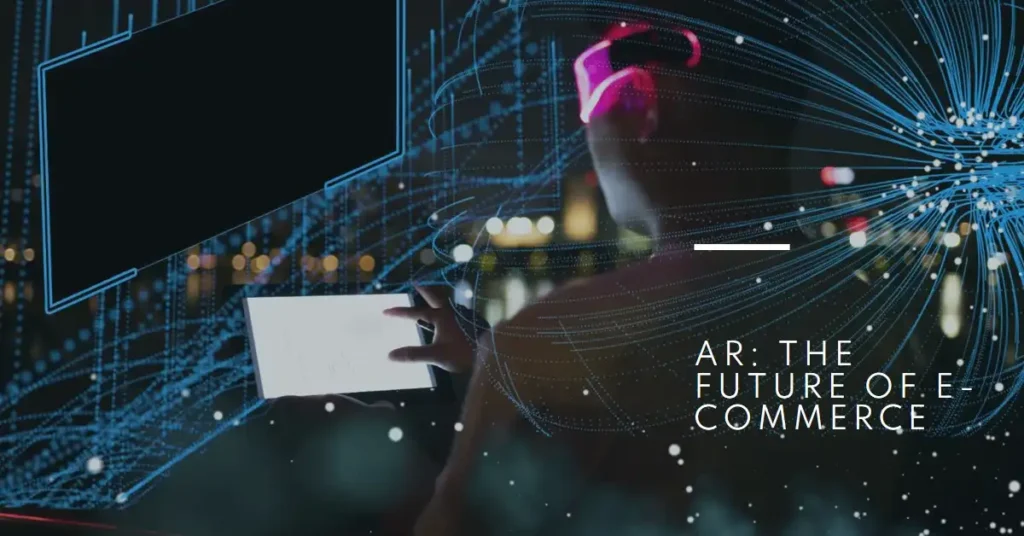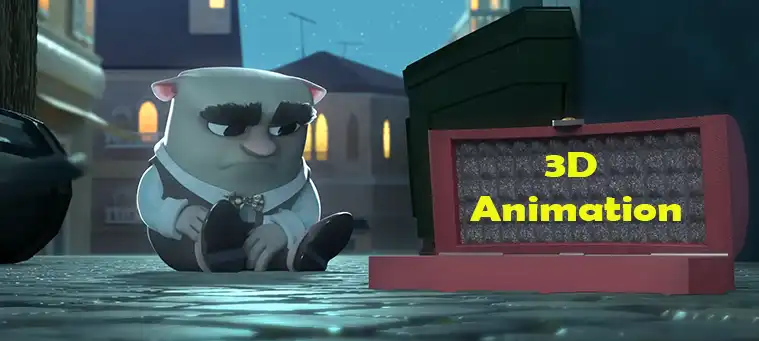E-commerce is an increasingly competitive space. As more businesses move online, consumers are presented with endless product options and comparisons. To stand out, e-commerce sites must find new ways to showcase their products and create immersive shopping experiences.
One innovation that is quickly gaining popularity is 3D product visualization. While traditional 2D product photos still have their place, 3D models allow online shoppers to view products from all angles and interact with digital representations as if holding the real item. Investing in 3D product visualization can pay off tremendously for e-commerce businesses by boosting engagement, sales, and brand image.

Increased Customer Engagement

Adding interactive 3D models to product pages gives customers a much more engaging shopping experience compared to static images. Features like click and spin, zoom, and expanded views allow shoppers to explore products as they would in a physical store.
According to a survey by Accenture, 64% of consumers said they are more likely to purchase a product online if they can experience it through augmented reality or 3D visualization. 3D models capture the human desire to touch and interact with products before buying. The interactivity provides a competitive advantage for e-commerce sites.
Interactive and Immersive Experience
With 3D models, customers can control and manipulate objects to view them from any angle. They can zoom in to see small details and rotate products to inspect from all sides. This interactivity makes online shopping feel more tangible and hands-on, similar to evaluating products in person. Shoppers gain a deeper understanding of the shape, size, features, materials, and overall look and feel.
According to e-commerce platform Shopify, products displayed with 3D models can see conversion rate increases of up to 250%. The immersive experience leads more engaged visitors to become paying customers by building confidence and trust.
Improved Understanding of Products
Static 2D images only provide limited perspectives of a product. Customers rely on a few carefully staged photos to understand shape, size, color, materials, and other important details. But 3D models give a complete 360 degree view so shoppers can better judge these aspects before purchasing.
With 3D visualization, customers can zoom in to view small features and textures not visible in standard photos. The ability to manipulate lighting and angles helps assess true color tones. Virtual models enable measuring and comparing objects to real-world spaces. This improved understanding from all angles reduces guesswork and builds confidence in making a buying decision.
Boosted Sales and Conversions

The interactive nature of 3D models doesn’t just improve the shopping experience, it directly translates to measurable business results. E-commerce sites with 3D product views typically enjoy higher conversions, larger order values, and fewer returns.
According to a study by Shopify, products with 3D models have a 94% higher conversion rate than products with only images. Retailer CB2 found that 3D and AR experiences drove 21% higher revenue per visit and 13% larger order sizes.
Higher Conversion Rates
As discussed above, the ability to manipulate and explore 3D models mimics an in-store experience and creates more confidence while shopping online. This leads more shoppers to complete purchases instead of abandoning their carts.
Data shows that products displayed with 3D models can convert at rates over 30% higher compared to standard images. The boost in conversions is especially significant for high-consideration items like furniture, jewelry, electronics, and apparel where details matter most.
Reduced Product Returns
Returns are a headache for e-commerce businesses. They represent lost revenue and added costs for shipping, handling, and processing. Research by Augment found that products shown with 3D models had return rates reduced by up to 40%.
The highly detailed product views set accurate expectations for customers before ordering. This minimizes the likelihood of receiving an item that looks or feels differently than anticipated, which is a top reason for returns. The improved understanding of 3D reduces overall returns.
Enhanced Brand Image

Investing in innovative technologies like 3D product visualization shows customers that an e-commerce brand is forward-thinking, creative, and cares about the shopping experience. This elevates the brand image and perception as an industry leader.
Innovative and Forward-Thinking
Customers have come to expect innovation from online brands. Utilizing cutting-edge 3D technology demonstrates that a company is modern, digitally savvy, and embraces new ways to engage customers.
Shoppers perceive brands that use 3D models as forward-thinking, rather than relying on outdated methods. A fresh, pioneering brand image resonates with today’s consumers who value innovation.
Improved Brand Storytelling
3D also opens creative opportunities to showcase products in lifestyle settings and tie them to branding. Special environments, lighting, and angles can be captured in 3D scenes to align with the brand image and tell a compelling visual story around products.
For example, a boho fashion brand could display a dress on a model against a whimsical botanical background. Outdoor brands can showcase gear in use settings. The flexibility of 3D allows products to be embedded within branded stories rather than shown in isolation.
Additional Benefits
Beyond the direct impact on customers, 3D product visualization provides other production and operational advantages for e-commerce businesses.
Reduced Product Photography Costs

High-quality product photos are hugely important for e-commerce, but photo shoots can be complex and expensive. Every product needs to be captured from multiple angles, requiring extensive studio time and costs.
With 3D models, only one set of photos is needed, as the object can simply be turned digitally to create endless perspectives. For catalogs with hundreds or thousands of items, the savings from minimized photography costs is tremendous.
Once a 3D model is created, it can easily be adapted for different uses across platforms and devices. The digital assets are future-proof and can be quickly repurposed. New views and interactive features can be added easily without costly re-shoots.
As technology continues advancing, 3D will enable even more innovations like augmented reality. Having 3D product models readily available future-proofs an e-commerce site for coming developments.
Bonus Tips – Importance of AR in E-commerce

Augmented reality is revolutionizing e-commerce by bringing immersive product experiences online. Rather than imagining how a product will look or fit, customers can visualize it in their own space. For example, AR virtual try-on allows shoppers to see eyewear, clothing, jewelry, and more on themselves using just a webcam. This kind of experiential shopping builds confidence, engagement, and conversions.
According to one fashion retailer’s data, customers are 65% more likely to purchase when they can view products in AR. Beyond better conversion rates, AR also empowers customers to make informed purchase decisions by seeing items in context. This leads to fewer returns – some retailers have reduced returns by up to 25% with AR try-on. As AR capabilities grow across devices, consumer demand will continue accelerating. Savvy retailers are deploying AR now to improve the shopping experience
Wrapping up
As a 3D animator, I love seeing brands implement this tech—it gets me excited to keep pushing the envelope of what’s possible. Nothing beats that feeling of bringing products to life digitally. I hope you’re fired up too about the immersive experiences that 3D enables. Just imagine picking out furniture or a new outfit using virtual models! It makes shopping way more interactive and true to life. I can’t wait to see what 3D innovations retailers try next. Definitely leave me a comment if you have questions about the 3D process or what apps you find helpful for online shopping!

